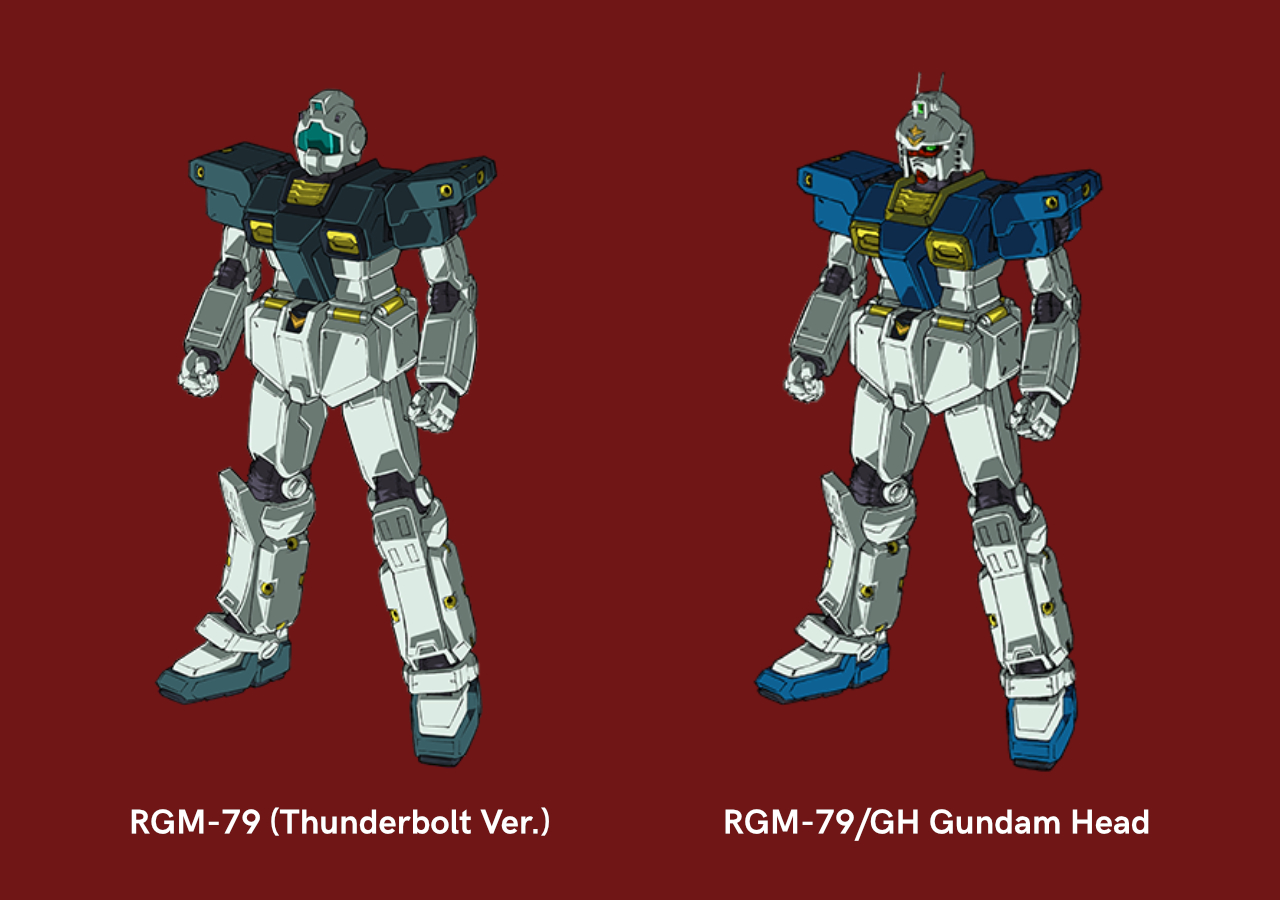Within the canon of mecha anime and manga, Mobile Suit Gundam, and, in particular, the RX-78-2 Gundam have become stables of the genre known as “Real Robot”. Taking on a lean far more realistic than its “Super Robot” counterparts (like Mazinger, Combattler V and Getter Robo) which used a softer approach to science fiction, as well as generally lighter stories that often looped in magical elements, Gundam was created in an attempt to tackle the genre more realistically, and centered itself around portraying the horrors of war as series creator, Yoshiyuki Tomino had experienced them. As such, its mecha, or mobile suits, operate on harder definitions of science fiction, while many of the main characters are military officers. In fact, wikis full of pages of information describe the exacts of the main series, Universal Century’s armory of technological innovations and the appropriate government and commercial parties responsible for them.
This attempt at realism, however, rubs up against the fact that Gundam was in many ways the first of its kind. Parent company Sunrise was basing many of its marketing decisions for Gundam off of the trends established by “Super Robot”, and in a move that Tomino would resent for many years after, forced the originally more muted greys and whites colors of the RX-78-2 into a brighter mix of white, red, blue and yellow to increase marketability. However, it almost came as a blessing in disguise: while at first far less believable as a machine of war, the Gundam now served as a hyper-effective form of propaganda for the EFSF army, both in-universe and in real life. The colors were so attractive they became synonymous with the brand, to the extent that any robot decked in the original Gundam’s colors are instantly related as such. Within the canon of the show, Gundam pilot Amuro Ray, initially a scared, untrained boy eventually earns an unnerving name amongst enemy faction, Zeon: the White Devil. Later Gundam properties explicitly mark out the propaganda potential of the iconic, samurai-like maverick machine that carved through so many of Zeon’s mass-produced armory. In recent entry, Gundam Thunderbolt, some of the EFSF’s own mass-produced general use GMs, a far less capable machine, are outfitted with Gundam-style heads for psychological purposes, tricking Zeonic pilots who are otherwise unaware of what flavor of prototype Gundam was actually lurking around the next corner.

A comparison of a standard GM and a GM Gundam Head
In the end, Gundam‘s iconography ended up working as a blessing in disguise, one of few instances when corporate interference might have reinforced the artistic integrity of a work, as opposed to compromising it.


